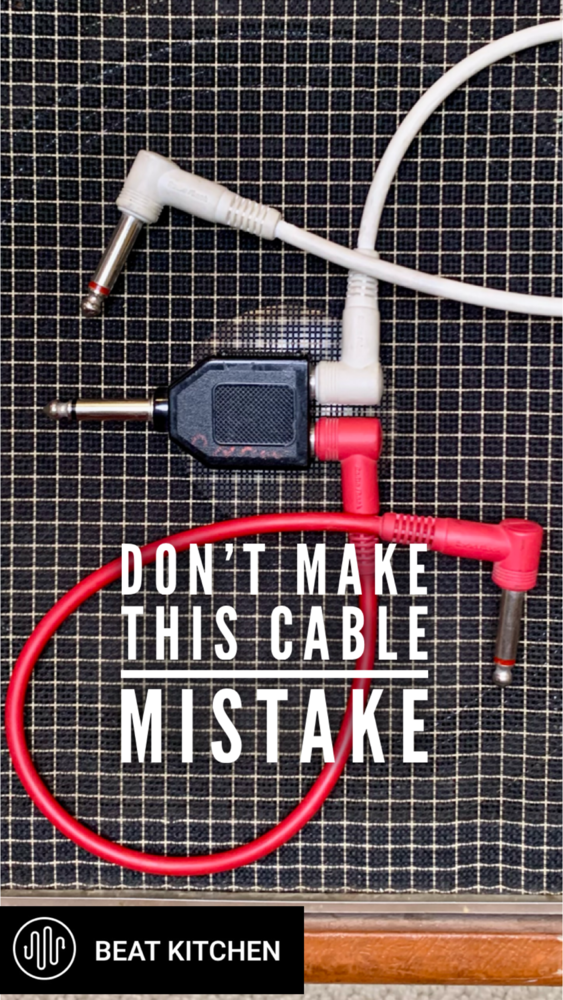This cable goes one way. Let me explain. If you want to use a cable like this to maybe take one of those keyboards and split the signal into an amp and a recorder, you have my blessing.
But you can’t go the other way. What you don’t get to do is take a splitter cable and take two synthesizers and combine them into one input. There’s a reason we have something called a mixer.
First off, I’m talking about one of these headphone splitters or a cable designed to take something like the output of your phone and send it into two sets of headphones. I’m not talking about a cable designed to take a stereo signal and split it into discrete left and right components. None of those examples are designed to combine two signals along one wire.
We don’t do that. Feel free to take one signal and distribute it all over the place. Engineers do it all the time.
You’ll see a tiny drop in voltage, but there’s really no penalty. Here’s where you get in trouble. Sure, both of these signals are going to end up coming out here, but there’s nothing preventing this one from going here and this one from going here.
And the result is you’re going to get all kinds of phase cancellation and load imbalances across those inputs. A mixer solves this problem by putting a resistor in line here and in line here. The signal has to push to get through, and it’s going to take the easy path out rather than have to push through the other resistor.
That also means you’re going to get a big drop in level and you need to have an amplifier on the other side. If you learn something like this post, share it with somebody who belongs in a Beat Kitchen class.

